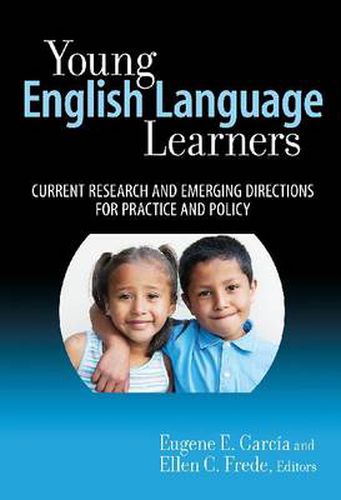Readings Newsletter
Become a Readings Member to make your shopping experience even easier.
Sign in or sign up for free!
You’re not far away from qualifying for FREE standard shipping within Australia
You’ve qualified for FREE standard shipping within Australia
The cart is loading…






It is well known that the number of non-English speakers is on the rise in the United States. What is less well known is that the largest proportion of this population is children under the age of 5. These young English language learners (ELLs) often demonstrate achievement gaps in basic math and reading skills when they start school. How best to educate this important and growing preschool population is a pressing concern for policymakers and practitioners. The chapters in this important book provide up-to-date syntheses of the research base for young ELLs on critical topics such as demographics, development of bilingualism, cognitive and neurological benefits of bilingualism, and family relationships, as well as classroom, assessment, and teacher-preparation practices. Each chapter reviews the research and answers the following questions:
What does the research clearly indicate for policy and practice?
How solid is this database and what findings are emerging?
What should the research agenda be for young ELLs?
$9.00 standard shipping within Australia
FREE standard shipping within Australia for orders over $100.00
Express & International shipping calculated at checkout
It is well known that the number of non-English speakers is on the rise in the United States. What is less well known is that the largest proportion of this population is children under the age of 5. These young English language learners (ELLs) often demonstrate achievement gaps in basic math and reading skills when they start school. How best to educate this important and growing preschool population is a pressing concern for policymakers and practitioners. The chapters in this important book provide up-to-date syntheses of the research base for young ELLs on critical topics such as demographics, development of bilingualism, cognitive and neurological benefits of bilingualism, and family relationships, as well as classroom, assessment, and teacher-preparation practices. Each chapter reviews the research and answers the following questions:
What does the research clearly indicate for policy and practice?
How solid is this database and what findings are emerging?
What should the research agenda be for young ELLs?